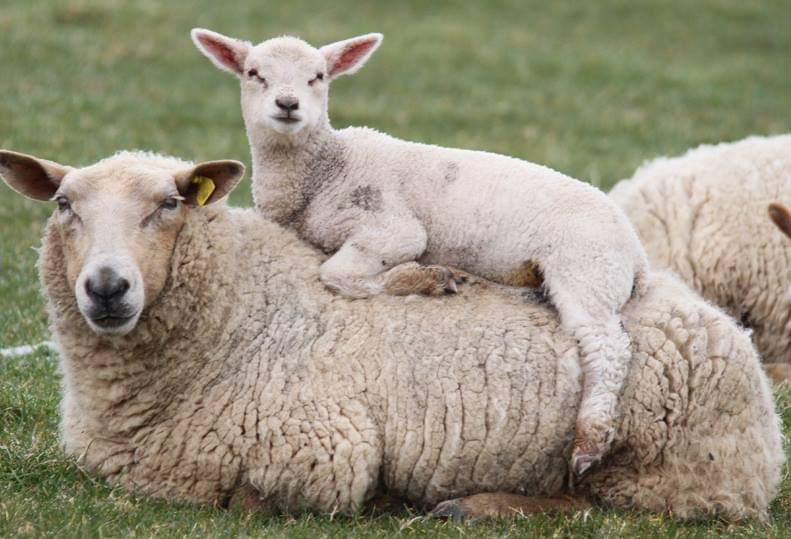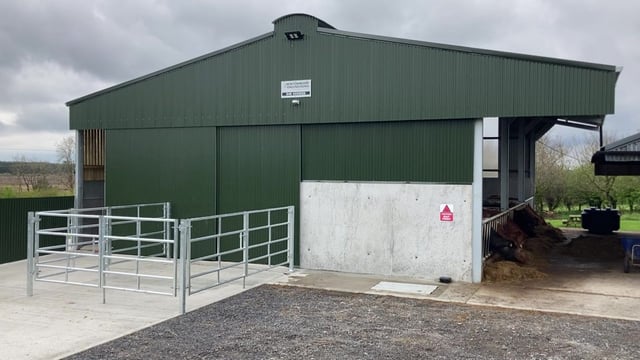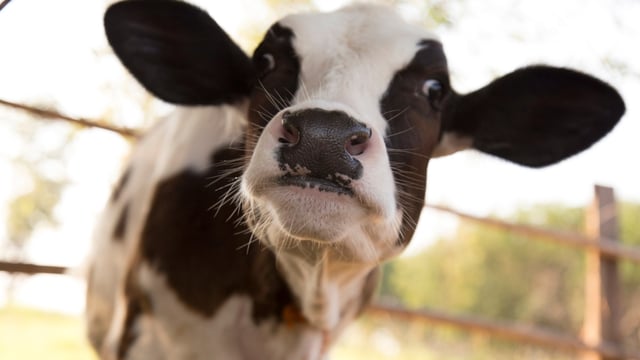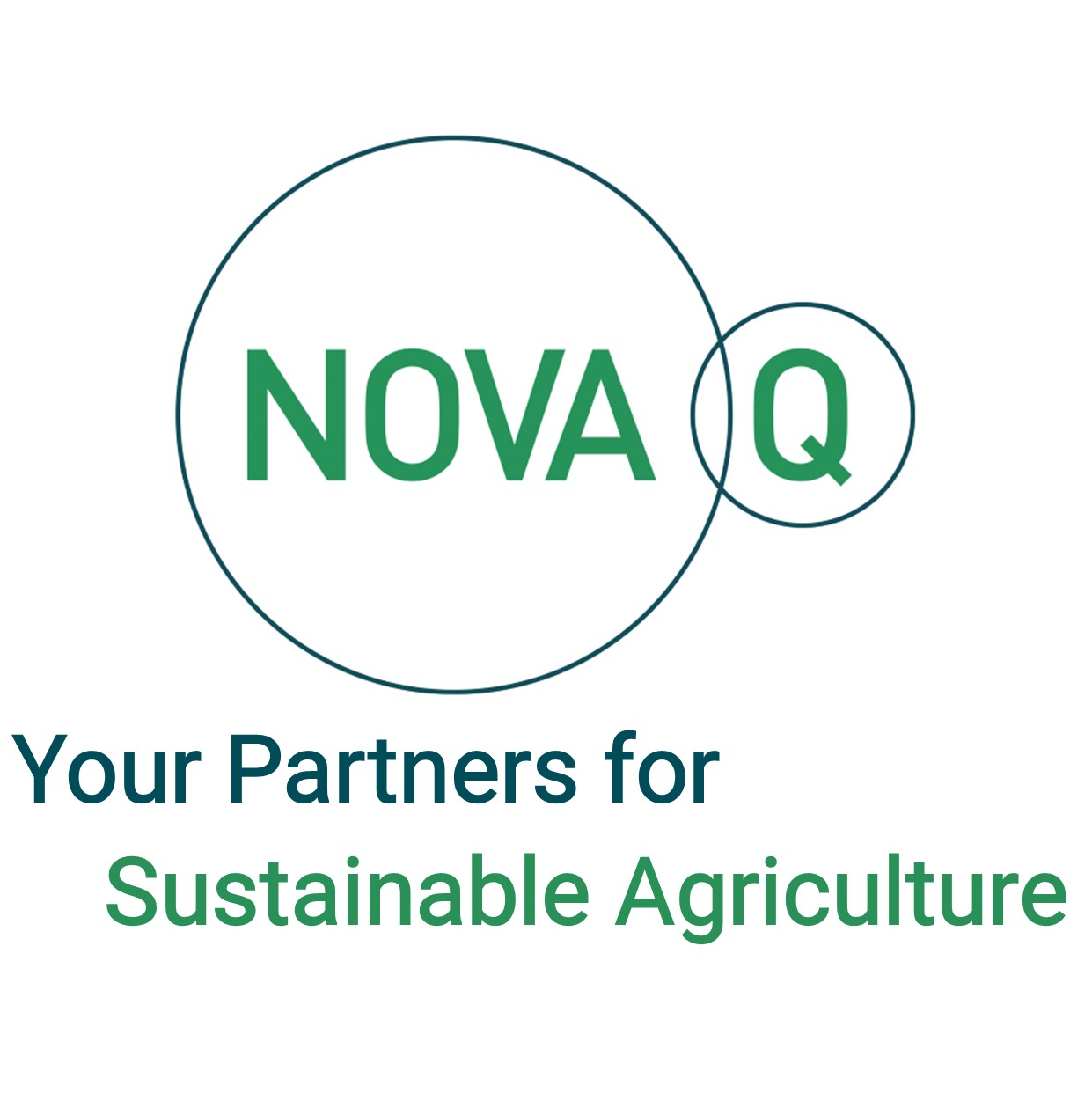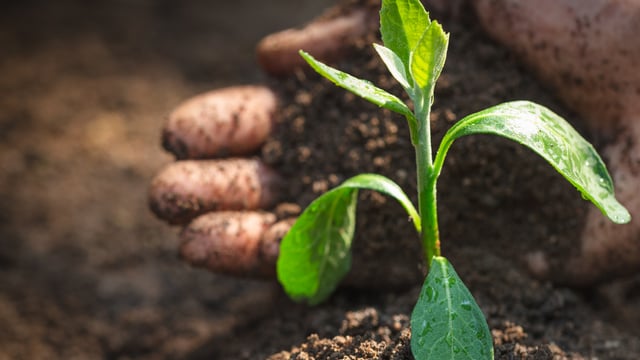Dairy farms should see 'an increase' in incomes in 2024 - economists
Dairy farms should experience an increase in incomes in 2024 and milk prices will be higher "perhaps by as much as 7%", according to a new report published today (Tuesday, July 30) by economists at Teagasc.
However, economists also highlight in a new mid-year assessment from Teagasc that Irish agriculture will face "a mix of challenges" this year.
"The year to date has been marked by difficult weather conditions. There was a delayed start of the grazing season and grass growth was below normal through the peak of the grass production season.
"This has had a negative impact on farms producing milk, cattle, and sheep in Ireland," they stated.
Tillage farms this year are also likely to see lower yields because the of the shift from winter to spring cereal crops "necessitated by the challenging planting conditions" according to the assessment.
But there have also been some major upsides for Irish farmers so far in 2024 suggest economists who have pointed to a drop in fertiliser and animal feed prices - although they also said this is against the expectation that their useage is "expected to increase compared to 2023".
According to economists from the Teagasc agricultural economics and farm surveys department it is likely that it is not just dairy farms that could see an increase in incomes this year but also cattle rearing, cattle other farms and both sheep and pig farms.
Despite the fact that Irish milk production volume in 2024 is currently "running 6% below the 2023 level" economists suggest that "some of this production deficit should be overcome over the rest of the season".
Although milk production for the full year is still likely to "be below" the 2023 level it is expected that in general the cost of production on dairy farms is likely to be "slightly lower" which will boost margins for dairy farmers compared to income levels last year.
"An average dairy margin of 10 to 11% per litre is likely, which would represent a 3 to 4 cent per litre increase on the average for 2023.
"The average dairy farm income is therefore forecast to improve in 2024," economists outlined.
They also expect incomes on cattle rearing farms to rise in 2024 because of live cattle prices and "slightly reduced production costs" - despite higher levels of feed and fertiliser on farms.
The Teagasc mid-year assessment, which updates its annual Situation and Outlook for 2024 report, also details that for cattle other farms, including finishers, the outlook is for "slight improvements in income on the 2023 level".
"Finished cattle prices are again seasonal in 2024, but the annual average price is forecast to be slightly higher relative to 2023.
"The average weight of finished cattle continues to decline in 2024 and follows the trend of the last three years," economists stated.
Meanwhile improving margins from sheep production and continued support from "coupled direct payments", are also expected to lead to an increase in sheep farm incomes this year.
Economists added: "Sheep and lamb prices will be higher in 2024 than in 2023, reflecting tighter supply conditions within the EU.
"The improvement in output prices, along with a decrease in costs, will support higher margins.
"The expectation is that for the year as a whole, sheep meat prices will be up to 10% higher than in 2023".
In relation to pig farms Teagasc mid-year assessment suggests that "Irish pig production is forecast to remain profitable in 2024".
"Since spring 2023, feed and energy cost have reduced and pig prices has increased, with a resultant return to sector profitability.
"The outlook for the remainder of 2024 is for this profitability to continue as the reduction in the Irish and EU sow herd of 8% which occurred during 2022, has resulted in a tight European pig supply in 2024," economists stated.
However they also warned that one potential risk on the horizon would be if the Chinese government implements trade tariffs on EU pigmeat imports - in response to recently introduced EU tariffs on Chinese electric vehicles.
According to economists at Teagasc tillage farms are unfortunately likely to be the exception to improving margins and incomes across farm systems this year.
They have warned that tillage farms are facing "another challenging year in 2024" and point to an expected decline in market based returns
"The late planting of crops in the autumn,winter of 2023 and resultant shift to spring crops are likely to reduce yields in Ireland this year.
"Furthermore, on account harvest prices for the main cereals at the moment are currently trading at lower levels than prices paid at harvest 2023," economists outlined.
Although there has been some easing in costs of production due to lower spending levels on fertiliser and seed expenditure this is "not expected to translate to a positive story in whole farm income levels".
Economists stated: "It is forecast that average income for tillage farms will struggle to surpass the extremely low incomes witnessed in 2023, with tillage farms very much dependent on support payments in a period of extremely low profitability."
According to Teagasc all of the income calculations are in "nominal terms" and do not account for general inflation, which is expected to be 2.3% this year.


